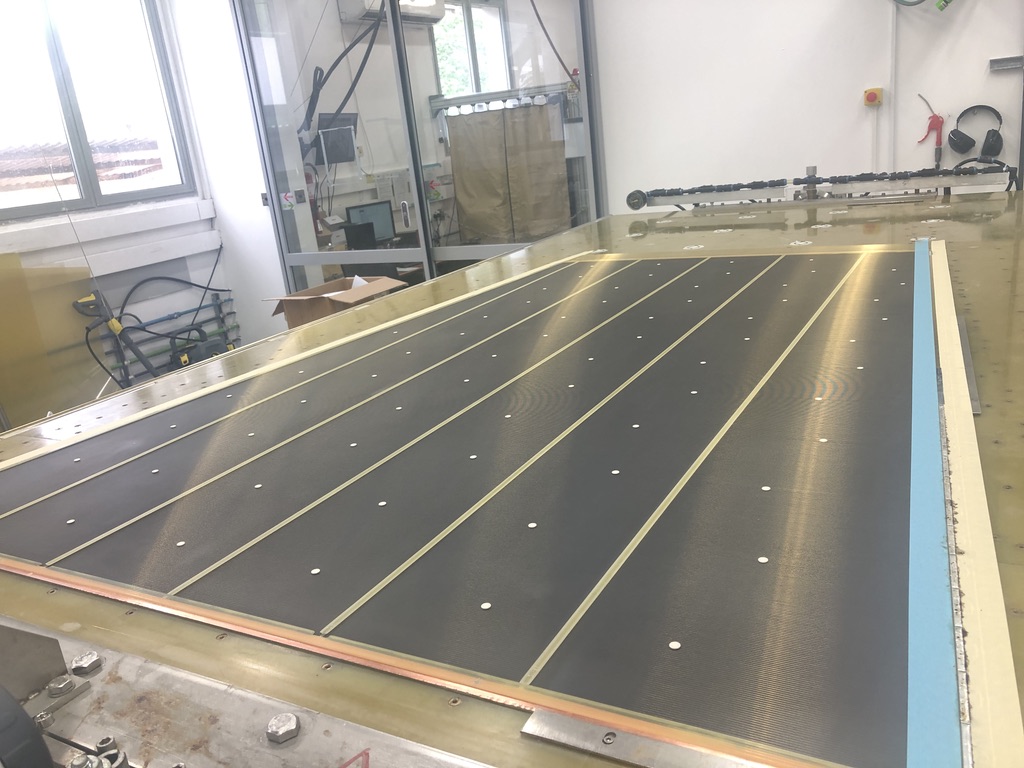The Large Hadron Collider (LHC) complex is the largest scientific infrastructure built by mankind. It endows two counter-rotating beams of protons with energy that is 7 times higher than its predecessor (the Tevatron accelerator at Fermilab). But it does much more than that; it produces more than one billion collisions each second, an improvement in collisions rate of 2-3 orders of magnitude above that achieved by the Tevatron. To record the outcome of these energetic collisions, in the LHC there are two large multipurpose detectors: ATLAS & CMS. The Israeli team (TAU, Technion & WIS) takes part in the ATLAS experiment. This experiment was optimized for the search of the Higgs boson over a wide mass range, as well as for searches for a multitude of hypothetical heavy particles whose existence is predicted by numerous models for ‘new physics’.
Recording the outcome of a billion proton-proton collisions per second is technically impossible and one must reduce the rate of recorded collisions (events) to less than a thousand per second. In order to reduce the rate of events without losing important information, one must apply an ultra-fast selection mechanism. Such a mechanism is known as ‘trigger’. There are many criteria to trigger the detector. For example, the presence of an energetic lepton (electron of muon), or a photon, or the deposition of very large energy in the detector, all of those fulfill the trigger requirement. The super-fast trigger decision relies on algorithms elaborating at the hardware level the outcome of one or more sub-detector systems.
The Thin-Gap Chambers (TGC) wire detectors and their related read-out electronics trigger ATLAS once a forward moving energetic muon is detected. In Atlas there are a few thousand TGC chambers organized in so-called "Big Wheels".
 |
 |
The foreseen upgrade of the LHC aims at improving its collision rate (aka luminosity). The increase in luminosity is unavoidably accompanied by elevated background rates. The focus of the current ATLAS muon upgrade program is, therefore, the construction of detectors that can operate under high radiation and measure, with very high spatial resolution, the position of the impinging muons. This will provide ATLAS with an excellent ‘Level-1 trigger’ (real time, hardware-based, selection of ‘interesting’ events). The objective is to sharpen the trigger threshold turn-on as well as discriminate against background while maintaining the low transverse momentum (pT) threshold for single muons (µ) and keeping the Level-1 rate at a manageable rate.
Our group led the sTGC detector part of the New Small Wheel project and is now focusing on upgrading the EIL4 chambers in the ATLAS muon system for the Phase II of the experiment at high luminosity.
